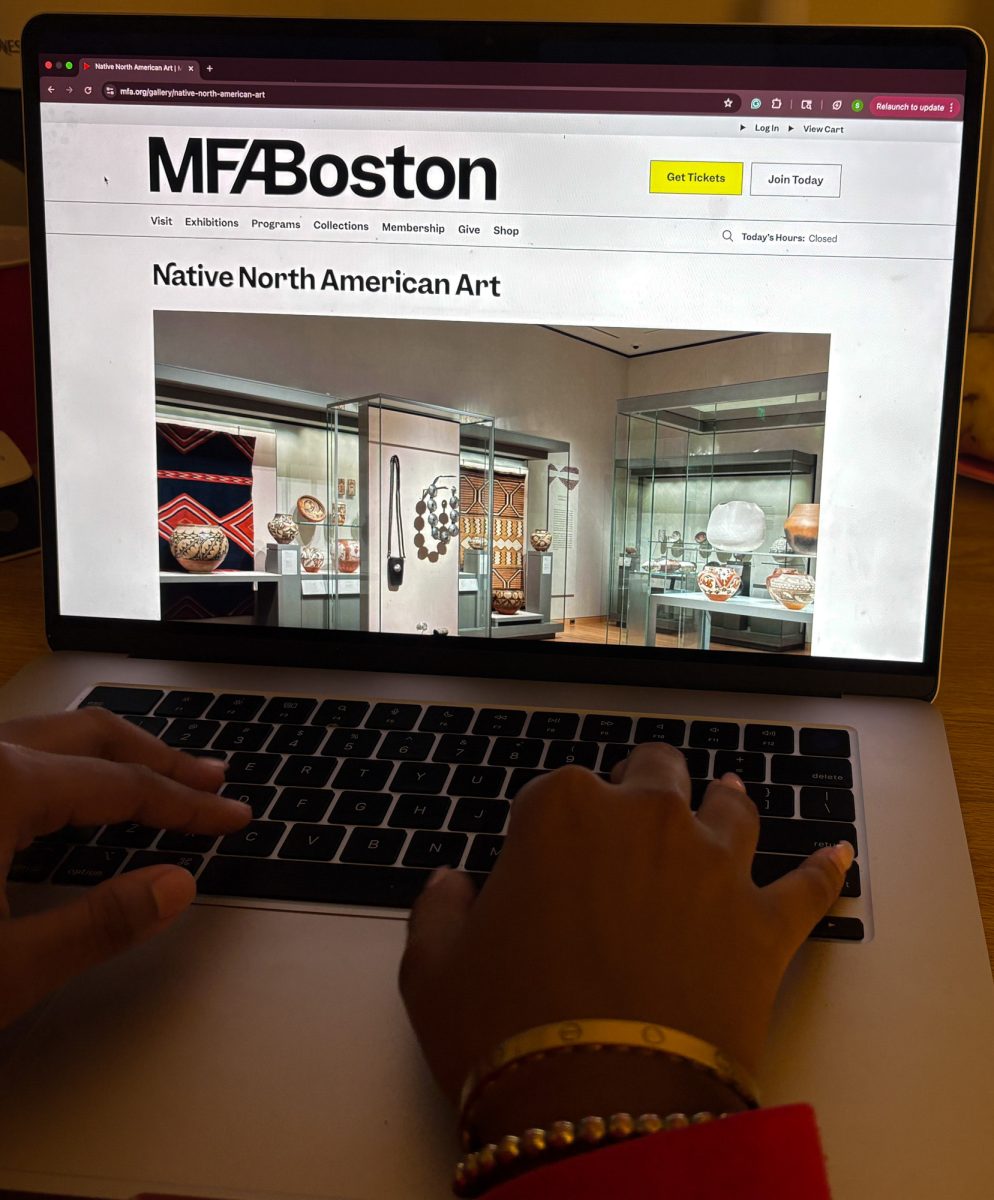Researchers from Boston University’s Schools of Medicine, Management and Law and the National Institutes of Health have found that public sector research since the 1970s has been responsible for many pharmaceutical advancements over that time frame.
According to the study published in The New England Journal of Medicine, public-sector researchers historically performed basic research that studied the underlying mechanisms of disease, which was then sent “upstream” to corporate researchers who applied the research “downstream” to discover new drugs.
However, as biotechnology began to play an increasingly important role in the development of disease treatment, the boundaries between the roles of public and private researchers have blurred and public-sector research institutions have made significant and direct contributions to drug discovery.
After classifying drugs and vaccines approved by the Food and Drug Administration, the researchers found that during the past 40 years, public-sector research institutions discovered 153 of the newly approved drugs, vaccines or new indications for existing drugs.
Four of the 153 new drugs were produced by BU Researchers according to a Feb. 10 BU press release.
Professor Asheley J. Stevens, a lecturer at BU Medical School, said that BU’s research represents biotechnological development over the last 40 years.
“We believe that our study supports the concept that the emergence of biotechnology in the mid-1970s, combined with policy changes implemented in the early 1980s regarding the ownership and management of the intellectual property of PSRIs, allowed these institutions to play an important role in the downstream, applied phase of drug discovery,” Stevens said.
More than half of the drugs discovered by public-sector research institutions are used in the treatment or prevention of cancer or infectious diseases.
The study attributes the increased invention of drugs by the public sector to the development of biotechnology in the mid-1970s and to policy changes in the 1980s.
In the 1980s, Congress passed two pieces of legislation, which resulted in the increase application of research in drug discovery by public-sector research institutions.
The 1980 Bayh-Dole Act allowed universities and other nonprofit, federally funded research institutions to own the intellectual property used in creating new drugs. In 1986, the Federal Technology Transfer Act applied the same intellectual property rules to federal researchers.
This legislation combined with the development of biotechnology in the mid-1970s allowed public-sector research institutions to increase their role in the phase of drug discovery.
These institutions are responsible for the discovery of 9.3 to 21.2 percent of drugs developed from 1990 to 2007.
The research additionally suggests that public-sector research institutions “tend to discover drugs that are expected to have a disproportionately important clinical effect.”


















































































































